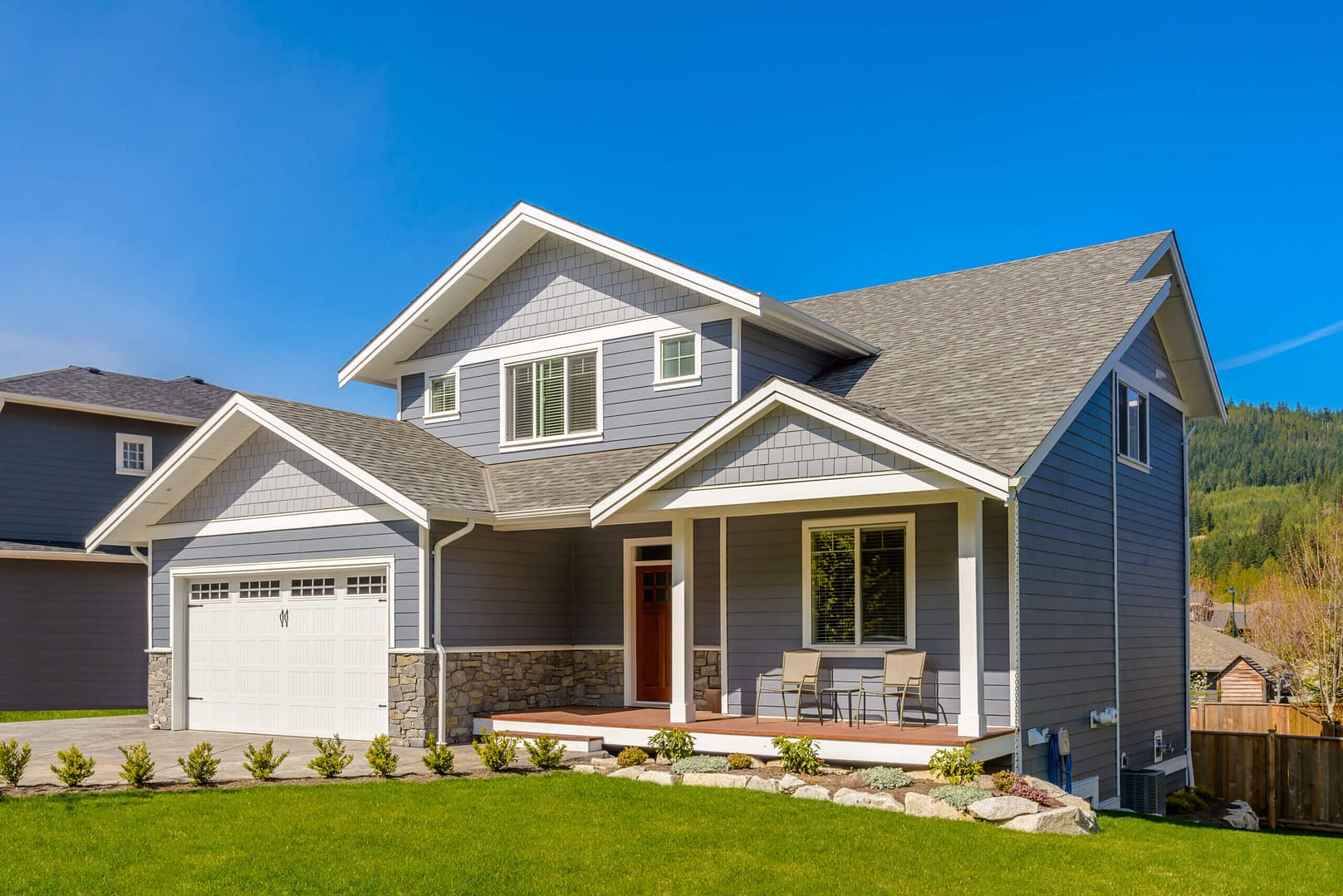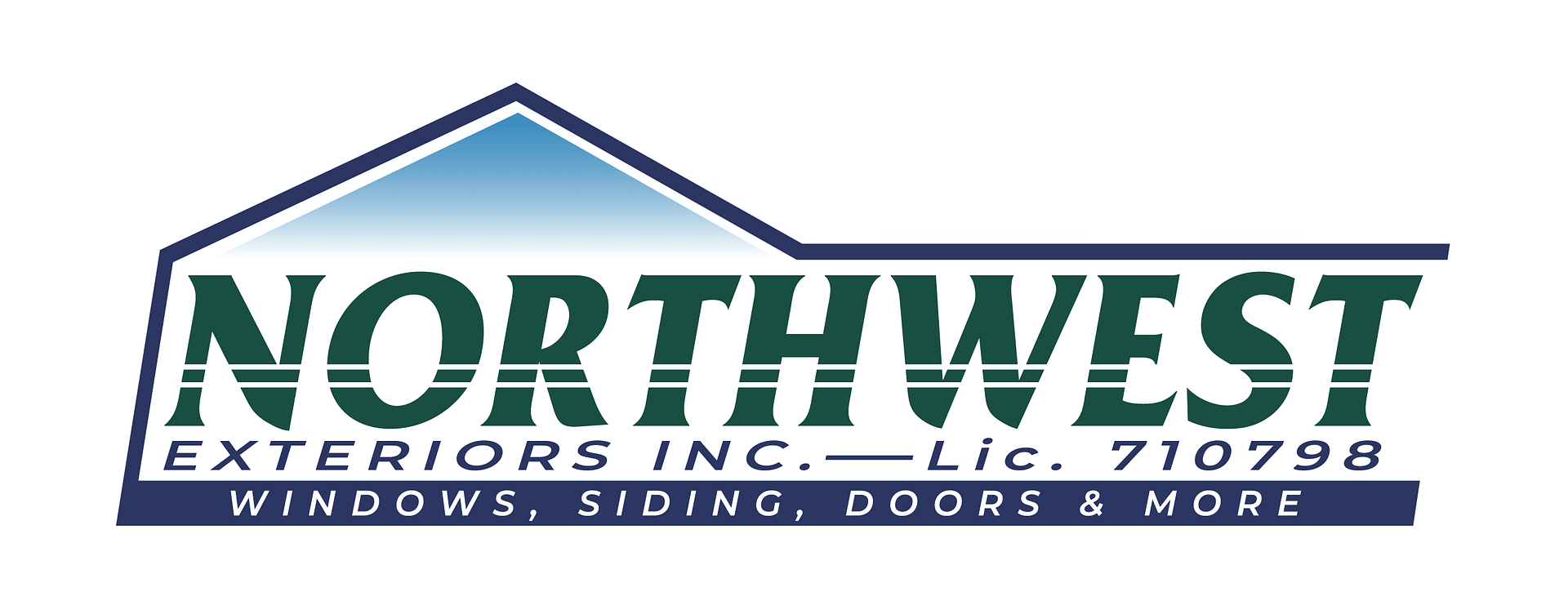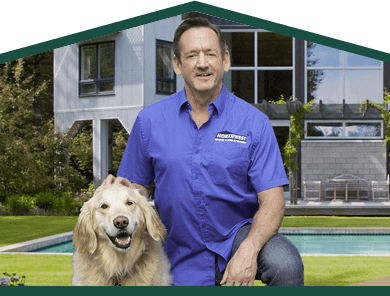
Sometimes, good ideas become unfortunate disasters. That is the case with hardboard siding. Originally released as an alternative to traditional wood siding in the 1980s, its low cost and adaptability made it quite popular.
However, in a report from the U.S. Department of Energy’s Oak Ridge National Laboratory, many cases of hardboard siding failure were reported just a decade later, resulting in substantial damage claims and class action lawsuits.
As industry leaders, the expert team at Northwest Exteriors has seen firsthand how promising materials have caused expensive headaches for homeowners. One such material is, unfortunately, hardboard siding. In this post, we’ll explain the issues with this once wildly popular siding.
Hardboard Siding: What Is It?
Composite wood siding, popularly known as hardboard siding, is manufactured from resin and wood fibers. It was initially created as a low-cost alternative with the intention of being more durable. But sadly, as time passed, it proved to have many inherent flaws.
Why Was Hardboard Siding Popular?
After its initial release, homeowners and builders loved it for its affordability and versatility. It resembled traditional wood siding but cost much less. Those savings were lost, however, when problems arose in use.
Common Hardboard Siding Failures
- Weather-Related Failure
- The material weakness of hardboard siding became apparent with long-term moisture damage and fluctuating temperatures.
- Toxicity Concerns in Hardboard Siding Deterioration
- The combination of chemicals used in its manufacture raises serious concerns about off-gassing as it breaks down over time.
- Rise of Fire-Related Failure
- Hardboard siding is fraught with danger due to being less fire-resistant than other materials, facilitating the spread of flames.
Hardboard Siding Failure and Home Value
In addition to the hardboard siding failures mentioned above, other problems can greatly affect the value of homes that have it. Issues like swelling, leaks, and cracks detract from curb appeal and make potential home buyers think there might be underlying structural damage. Buyers subsequently avoid homes with these siding issues, fearing repair costs and dwindling equity post-purchase.
Hardboard Siding Replacement
Many homeowners now opt for replacement using more robust materials like vinyl, fiber cement, or engineered wood. These materials are low maintenance and enhance home value. The initial investment in a superior quality siding pays dividends in long-term durability.
Conclusion
Hardboard siding, like many new materials, was once thought to be a cost-effective and stylish option until its vulnerabilities outweighed its benefits. For durability and low maintenance, homeowners would be better served, opting for alternative siding materials.
Looking for a High-Quality Alternative to Hardboard? Call the Experts at Northwest Exteriors
To protect your home from the pitfalls of hardboard siding, call the most trusted resource: Northwest Exteriors! As expert industry leaders, we provide top-tier, innovative siding solutions that meet your home’s needs today and well into the future. Our high-quality materials and precision installation transform your home from vulnerable to a resilient fortress.
We arrive on-site to meticulously inspect your current siding and recommend sturdy materials that meet your needs and budget. We also advise on how best to maintain your new siding so your investment is protected from potential damage.
Contact Us
Our dedicated team is waiting to assist you! Contact us today for more information about our outstanding siding solutions and get the peace of mind you deserve.




